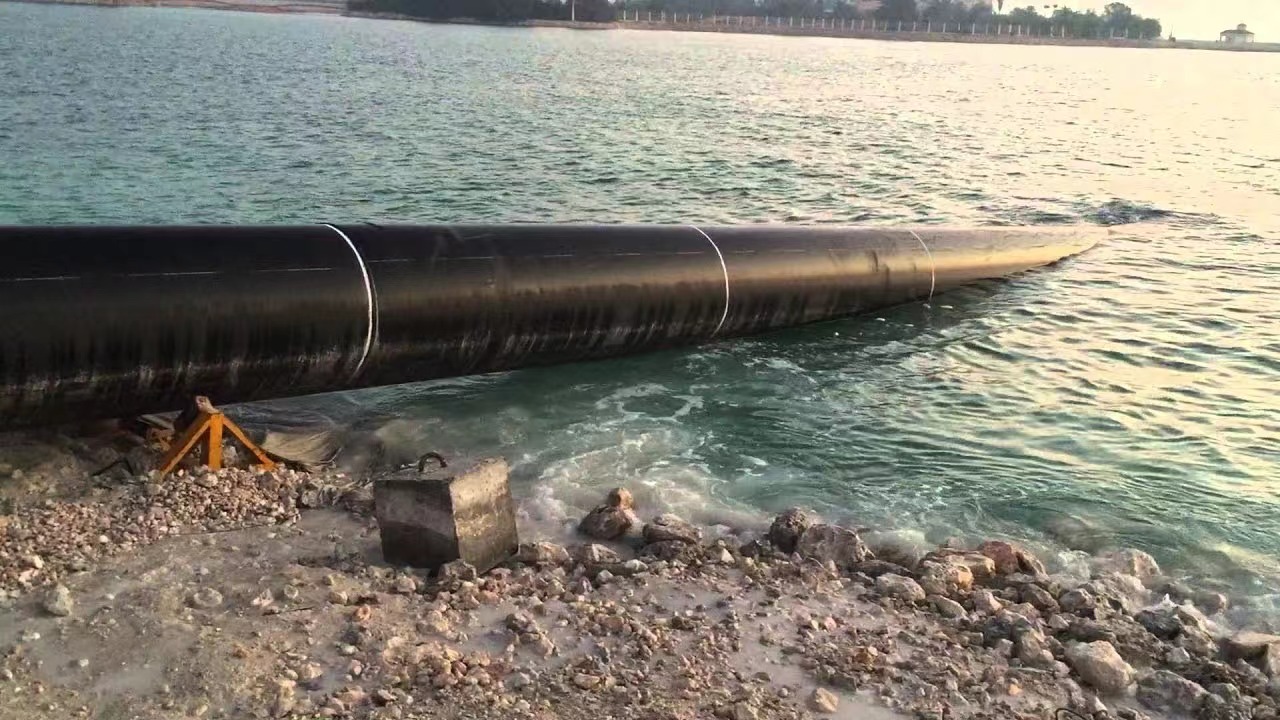PE pipe characteristics: PE water supply pipe characteristics.
1. Long service life: under normal conditions, the service life can reach 50 years.
2. Good hygiene: PE pipes, no heavy metal additives, no scaling, no bacteria, very solve the problem of secondary pollution of drinking water. It complies with the GB/T17219 safety evaluation standard and the relevant provisions of the Ministry of Health on health and safety evaluation.
3. Can resist the corrosion of various chemical media: no electrochemical corrosion.
4. The inner wall is smooth, the friction coefficient is extremely low, the medium passing ability is correspondingly improved, and it has excellent wear resistance.
5. Good flexibility, high impact strength, strong impact resistance and deformation resistance.
6. Light weight, easy to transport and install.
7. Electrofusion connection and hot-melt butt joint, hot-melt socket connection technology makes the interface with the pipe body high in strength, ensuring the safety and reliability of the interface.
8. The welding process is simple, the construction is convenient, and the comprehensive project cost is low.
9. Low water flow resistance: The inner surface of the HDPE pipe is smooth, and the Manning coefficient is 0.009. The smooth performance and non-stick properties ensure that the HDPE pipe has a higher conveying capacity than traditional pipes, and also reduces the pressure loss of the pipeline and the energy consumption of water conveying.
Matters needing attention in the application of HDPE water pipeline
1. It is laid outdoors in the open air, and there is sunlight. It is recommended to take shading measures.
2. Buried HDPE water transmission pipelines, DN≤110 pipelines can be installed in summer and can be laid with small snakes, DN≥110 pipelines have sufficient soil resistance and can resist thermal stress, so there is no need to reserve pipe length; in winter, there is no need to reserve pipe length .
3. For HDPE pipe installation, if the operating space is too small (such as pipe wells, ceiling construction, etc.), electrofusion connection should be used.
4. For hot-melt socket connection, the heating temperature should not be too high or too long, and the temperature should be controlled at 210±10℃, otherwise it will cause too much molten slurry extruded in the pipe fittings and reduce the inner diameter of water; socket joints or The pipe interface should be clean, otherwise it will cause the socket and socket to leak; at the same time, pay attention to control the angle and direction of the accessories to avoid rework.
5. For hot-melt docking, the voltage requirement is between 200-220V. If the voltage is too high, the temperature of the heating plate will be too high, and the voltage will be too low, and the docking machine will not work normally; The welding seam strength is not enough, and the edge rolling is not successful; the heating pipe interface of the heating plate is not cleaned, or the heating plate has impurities such as oil and mud, which will cause the interface to fall off and leak; the heating time should be well controlled, the heating time is short, and the pipe absorption time is not enough, It will cause the welding edge to be too small, the heating time is too long, it will cause the welding edge to be too large, and there is a risk.

Post time: Oct-07-2022




